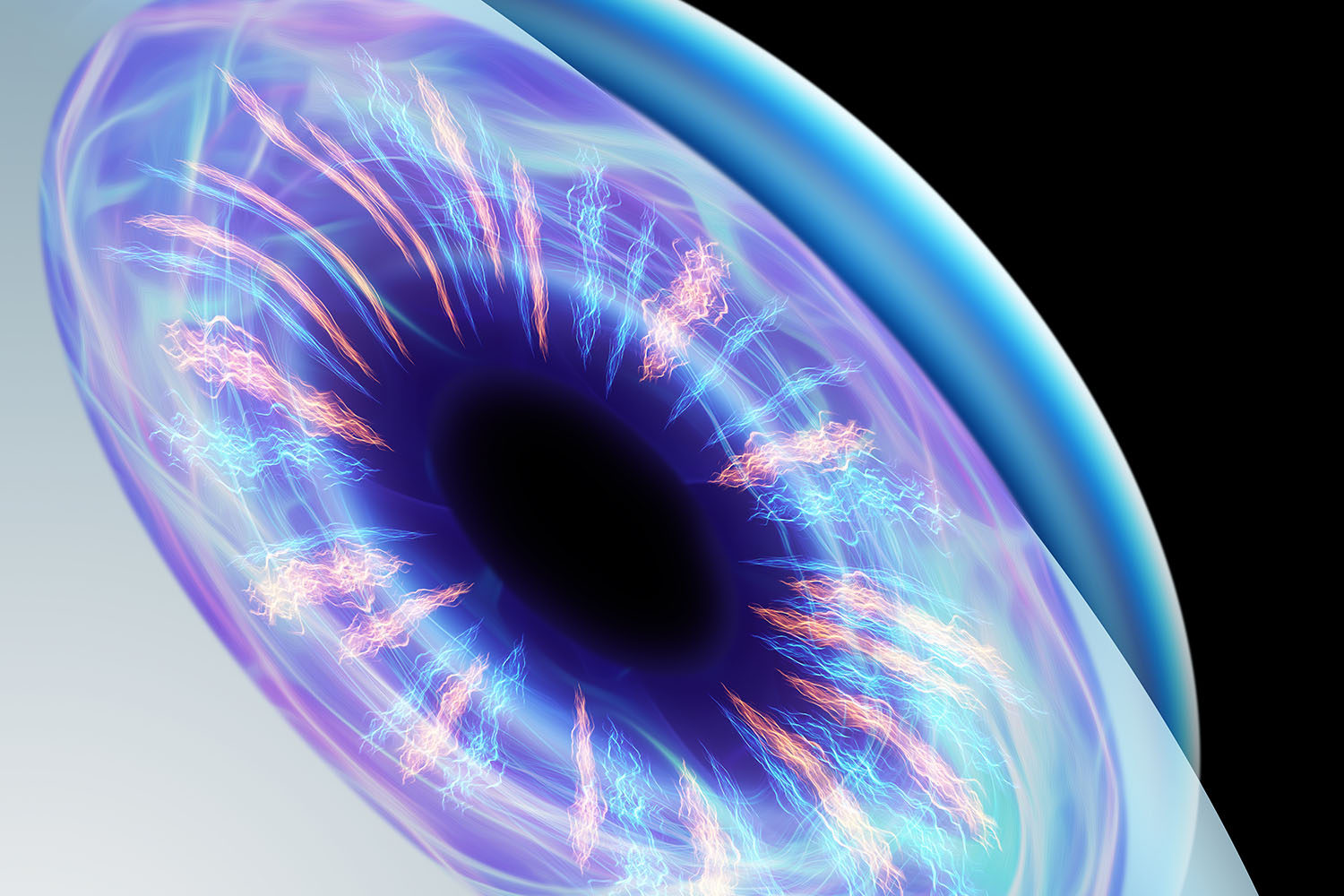Overview
The human eye is an intricate organ, where every component plays a crucial role in the gift of sight. Among these, the cornea, the clear, dome-shaped surface that covers the front of the eye, stands as a vital element. It not only protects the eye but also helps focus light for clear vision. When the cornea is damaged by injury, infection, or disease, it can lead to significant vision impairment. Fortunately, cornea transplant procedures, scientifically known as keratoplasty, offer a promising solution for restoring sight.

The Essence of Cornea Transplant
A cornea transplant involves replacing a damaged or diseased cornea with healthy donor tissue. This procedure can significantly improve vision, reduce pain, and enhance the appearance of a damaged or diseased cornea. There are several types of cornea transplants, with the most common being:
Penetrating Keratoplasty (PK): A full-thickness transplant where the entire cornea is replaced.
Endothelial Keratoplasty (EK): A partial-thickness transplant focusing on the innermost layer of the cornea.
Anterior Lamellar Keratoplasty (ALK): Another partial-thickness transplant that replaces the front and middle layers of the cornea.
International Research and Innovations
Cornea transplant procedures have seen substantial advancements over the past few decades, thanks to relentless international research and innovation. Here are some noteworthy contributions:
Improved Surgical Techniques: Innovations such as Descemet Membrane Endothelial Keratoplasty (DMEK) and Deep Anterior Lamellar Keratoplasty (DALK) have enhanced precision, reduced recovery times, and improved outcomes. These techniques focus on replacing only the damaged layers of the cornea, preserving healthy tissue.
Artificial Corneas: In instances where donor tissue is not available, artificial corneas, or keratoprostheses, have shown promising results. Research from institutions like Harvard Medical School has been pivotal in developing biocompatible materials for these artificial implants.
Stem Cell Therapy: Cutting-edge research in regenerative medicine has explored using stem cells to repair and regenerate corneal tissue. Studies published in journals such as “Nature” have demonstrated the potential of stem cell therapy to treat conditions like limbal stem cell deficiency, which often necessitates a cornea transplant.
Cornea Banks and Donor Networks: The establishment of international networks and cornea banks has improved the availability and quality of donor tissue. Organizations like the Eye Bank Association of America and similar bodies worldwide have standardized protocols to ensure the safe and ethical collection, storage, and distribution of corneal tissue.
Success Rates and Global Impact
Cornea transplants boast high success rates, with statistics showing a success rate of over 90% for many types of keratoplasty. According to the World Health Organization, corneal diseases are the fourth leading cause of blindness globally, underscoring the critical need for effective treatments like cornea transplants. Countries with advanced healthcare systems, such as the United States, have performed tens of thousands of these surgeries annually, significantly improving the quality of life for patients.
Challenges and Future Directions
Despite the success, challenges remain. The primary obstacle is the scarcity of donor tissue, particularly in developing countries. Efforts to increase awareness about eye donation and enhance the infrastructure for cornea banking are crucial. Additionally, the high cost of surgery and post-operative care can be prohibitive for many patients.
Future research is likely to focus on improving surgical techniques further, enhancing the longevity of grafts, and developing more effective treatments for underlying conditions that necessitate a cornea transplant. The integration of artificial intelligence in diagnostics and surgical planning also holds promise for enhancing precision and outcomes.
Cornea transplant stands as a testament to the remarkable advancements in medical science, offering hope and sight to millions worldwide. As international research continues to break new ground, the prospects for even better outcomes and wider accessibility are bright. By understanding and supporting these advancements, we can collectively contribute to a future where vision impairment due to corneal diseases becomes a rarity.
By delving into the ongoing research and embracing innovative solutions, the medical community continues to make strides in the field of cornea transplant, paving the way for a clearer, brighter future for those affected by vision impairments.


